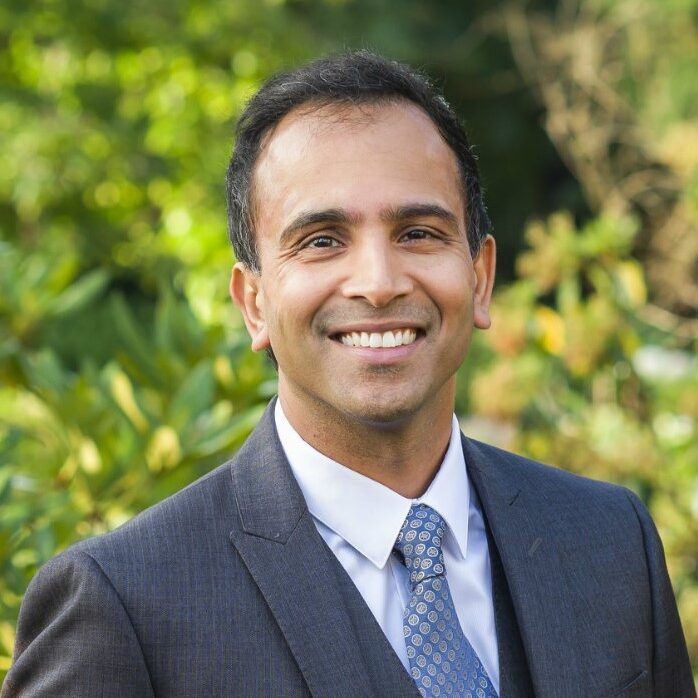By Professor Samir Parikh (Wake Forest University School of Law)

Litigation finance makes the world go round. The capital financiers provide is the lifeblood for plaintiffs’ firms and individual claimants attempting to run the litigation gauntlet in high-stakes battles with wealthy corporate entities. Third-party litigation funding in general litigation is well documented and frequently discussed. But the role financiers play and dynamics they create in billion-dollar, mass-tort cases have been overlooked. This exclusion is confusing. Modern mass torts – including those involving Purdue Pharma, Johnson & Johnson, 3M, and Boy Scouts of America – each impact hundreds of thousands of individuals, seizing headlines and driving legal and policy debates.
Most mass-tort financiers are principled actors, content to passively invest in cases and allow claimants and their attorneys to guide outcomes. But hidden among this group is a divergent breed: private equity firms and multistrategy hedge funds that I have termed “opaque capital.” A new apex predator has entered the mass-tort ecosystem, and its tactics have been obscured by its ability to strike from the shadows. These puppeteers will never be passive investors. Opaque capital is moving into mass torts to dictate outcomes.
Opaque capital’s unique brand of chaos is manifested most clearly at two distinct points. Primarily, opaque capital has the means to orchestrate the claim marshalling process in order to build—and in some cases create—a lucrative case. This idea provides the foundational premise for my theory, the Alchemist’s Inversion. Many claims in a mass-tort dispute are nonmeritorious. If litigated, there is a high probability that these claims would be rejected by the judicial system. Opaque capital understands, however, that if these claims are bundled with meritorious ones, the resulting critical mass could force a defendant to pay a premium to settle all claims. The Alchemist’s Inversion describes a litigation financier’s use of unethical and potentially illegal tactics to create, enhance, and marshal apparently low-value claims with the hope of turning them into gold.
The corollary to the Alchemist’s Inversion is that opaque capital must control when cases settle to maximize the value of the asset it has created. In order to do so, opaque capital is (i) exerting contractual control through the capital provision agreement it signs with plaintiffs’ law firms and claimants, and (ii) relying on relational leverage to persuade key actors to remain compliant at seminal moments.
Opaque capital is disrupting the mass-tort ecosystem, exerting subtle influence at every stage in a case’s trajectory. These tactics are not currently widespread. But opaque capital’s war plans are clear based on past behavior, and recent cases demonstrate that a vast arsenal is available and deployment underway. Despite the threat, policymakers have been paralyzed; unaware of incentives, rewards, and maneuvers in this fragmented space. Ultimately, we cannot assess what intervention – if any – is necessary without first understanding the key actors and the leverage they are willing to assert. My new article, forthcoming in the Cornell Law Review, assembles the full picture of modern mass-tort resolution to help policymakers understand the consequences when power stays in the shadows.
The full article, which is forthcoming in the Cornell Law Review, can be found here.

Leave a Reply